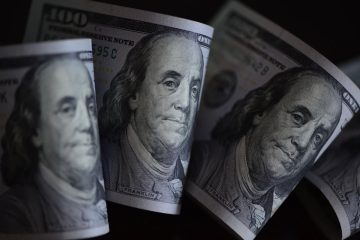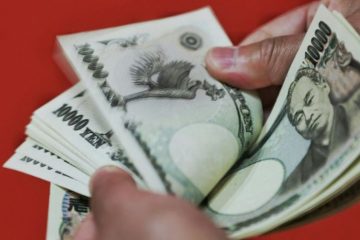Digital yuan from China challenges dollar-led global currency system

China is promoting the digital yuan as a means to contest the dominance of the dollar-led global currency system. China has intensified its initiatives to transform the global monetary landscape by advocating for the renminbi within a “multi-currency system” aimed at diminishing the supremacy of the US dollar.
During the Lujiazui Forum in Shanghai this week, People’s Bank of China Governor Pan Gongsheng remarked that the international system is evolving towards a framework in which multiple sovereign currencies coexist and serve to counterbalance one another. Pan stated that the global overreliance on a single currency generates systemic risks and undermines the fiscal stability of an individual country. He highlighted the increasing significance of the renminbi, noting its status as the world’s second-largest currency in trade finance and third-largest in global payments. “These issues can overflow into the world in the form of financial risks, and even evolve into an international financial crisis,” Pan stated.
Pan positioned the evolution of the monetary system within a larger narrative that commenced following the 2008 financial crisis. Since then, the renminbi has consistently strengthened, particularly in Asia and within developing nations that maintain robust trade connections with China. He advocated for the modernization of cross-border payment systems through the adoption of digital technologies, including China’s central bank digital currency (CBDC), to diminish dependence on what he characterized as antiquated infrastructure dominated by the dollar.
The comments arise in the context of ongoing tensions between the US and China, even as there is a tentative halt on tariffs established during the Trump administration. Pan cautioned that prevailing currencies frequently serve as instruments of political leverage, particularly in the context of sanctions, thereby heightening global interest in alternatives. Infrastructure is essential to facilitate trade conducted in yuan. In alignment with its strategic objectives, China is enhancing the infrastructure surrounding renminbi-based transactions.
Beijing has progressively conducted its trade—especially with countries like Russia and Iran—in renminbi. These transactions frequently occur via smaller Chinese banks that have minimal exposure to US financial sanctions, thereby facilitating trade while mitigating the risks linked to the dollar. While the dollar remains the leading global currency by a wide margin, China’s strategy focuses on gradual integration in developing economies. The strategy underscores “regionalising” the renminbi instead of pursuing complete globalisation in accordance with Western paradigms.
Obstacles to the globalisation of the renminbi. Nonetheless, considerable challenges persist. China’s stringent capital controls persist in constraining the renminbi’s role in global finance, while its ongoing trade surplus ensures that the majority of renminbi dispatched overseas swiftly returns, either in exchange for Chinese goods or for the settlement of loans. In response to these constraints, the central bank is considering an expansion of the Qualified Domestic Institutional Investor (QDII) scheme, which would allow a greater number of onshore investors to gain access to foreign assets. Regulators assert that the expansion is designed to address the increasing domestic appetite for overseas investment opportunities.
Financial collaboration and strategic pacts. In the interim, authorities in Hong Kong and Shanghai formalized an agreement aimed at bolstering cross-border financial collaboration, particularly concerning the management of renminbi-denominated assets. Pan also noted a resurgence in the interest of utilizing the International Monetary Fund’s Special Drawing Rights (SDRs) to diminish reliance on any one national currency. The initiative is consistent with comparable sentiments expressed by European leaders. European Central Bank President Christine Lagarde recently remarked that the dollar’s global dominance was “no longer certain,” suggesting an opening for the euro to grow in global finance. Through the expansion of renminbi-related infrastructure and the cultivation of robust financial partnerships, China is establishing the groundwork for a sustained transformation in global trade and finance—one in which no single currency exerts an excessive influence.









